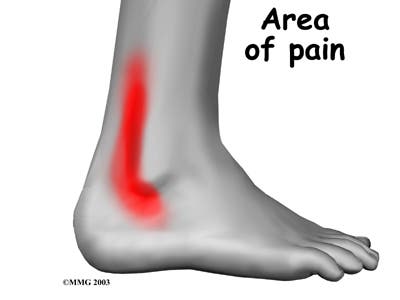If I were to guess, I’d say each and every one of us suffered at least an ankle sprain and we all know how much they suck, basically. They’re very common at all ages, in every environment (though in some more than others). Also, approximately 40 percent of those who suffer ankle sprains experience chronic pain even after being treated for the condition. Now, a new study concluded that that chronic pain may actually be more harmful than the actual injury.
Our ankles are a an intricate network of bones, ligaments, tendons and muscles. Although strong enough to carry your entire body, ankles are often injured in day to day life. Sprains are the most common cause of ankle pain, with other major causes being ankle instability, arthritis, gout, tendonitis, fracture, nerve compression (tarsal tunnel syndrome), infection and poor structural alignment of the leg or foot.
But as common as sprains are, they are not without long-term danger. According to an article published in the Journal of the American Academy of Orthopaedic Surgeons (JAAOS) tendon injuries to the ankle can be (and probably are) the cause for this chronic pain.
“When patients injure their ankles, the injury may not seem serious at first,” explains Terrence Philbin, DO, lead author of the article and Fellowship Director of the Orthopedic Foot and Ankle Center in Columbus, Ohio. “People may not seek medical attention and they can think it will just get better on its own. I think that is why this condition often goes undiagnosed.”
The are some symptoms that can be associated with peroneal tendon injuries, and these symptoms include:
- Ankle pain that doesn’t dissappear despite treatment
- Swelling outside the ankle
- Pain behind the anklebone
- Pain that goes down from the ankle to the foot
You can use an MRI to diagnose this condition or an ultrasound.
“These imaging techniques offer a more complete look at the peroneal tendons,” noted Philbin. “One might consider getting an MRI or ultrasound especially if you have chronic ankle pain.”
A good diagnose is essential in order to treat this; however, in the case of a tear or a rupture, you’ll probably need some surgery, but it won’t be very severe . So as the author of the study puts it:
“If you have ankle pain and it is not getting better, do not ignore it. Get it evaluated by a physician who has experience treating foot and ankle injuries.”










